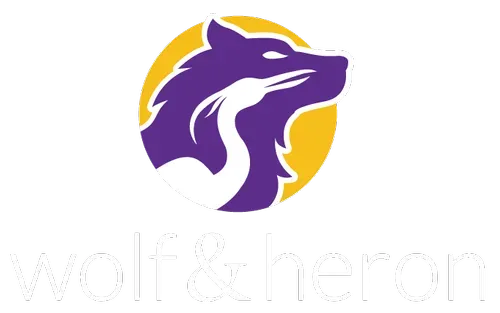Getting to the Point: The Art of Bottom-Lining

When Stephanie went through training to become an executive coach, she learned about her responsibility to ensure the conversation is spent on high-value conversation, and not wasted in storytelling and context setting that isn’t necessary for the coach or coachee to further and deepen their understanding. This skill is called bottom-lining. As a coach, it’s important to distill your contribution to the conversation down to straightforward pointed questions, or make an observation without droning on. But it’s also important to hold your client to the same standards, point out when they’re storytelling, and ask them to get to the point.
This skill resurfaced for Stephanie when we codified our point of view on influential storytelling. We often talk about the Super Power we call “Pick One Theme,” which is essentially all about making sure the story has a clear, focused point, and the context that is provided in the story is only that which is necessary to help the audience understand and internalize that point.
And then it resurfaced once more in the context of facilitating a meeting. Bottom-lining is one of the most effective ways that a facilitator can keep the conversation on task, redirect tangents, stick to agenda and time, and engage participants. If you have a particularly chatty participant, asking them to bottom-line their contribution helps them cut out the unnecessary storytelling and asides. If you or others in the meeting have trouble understanding a participant’s point, asking them to bottom-line will help clarify what their message is. And as a facilitator, by reiterating what you hear a participant say as a single, succinct bottom line will help verify that you (and others in the room) are interpreting things correctly.
But how can you set up bottom-lining as a ground rule and skill in your meetings?
- First, get permission from the room at the outset. Tell them that you will be asking people to bottom line their contributions, and why it’s important that this be a ground rule that you set.
- Then, ask the participants to hold each other accountable. Give them permission to ask others to bottom line too.
- Finally, agree on a hand signal that you can all use to communicate the desire for participants to bottom line their input. This way folks don’t have to verbally interrupt someone who is speaking, they can simply leverage the hand gesture to make the request.
Bottom-lining is a skill that takes time to develop, so give your participants some grace the first few times you ask them to do it. That being said, by establishing a culture of bottom-lining, your team will be able to more succinctly, more efficiently, and more clearly communicate with each other.
When do you imagine bottom-lining would be an effective tool for you?
Recent Posts





